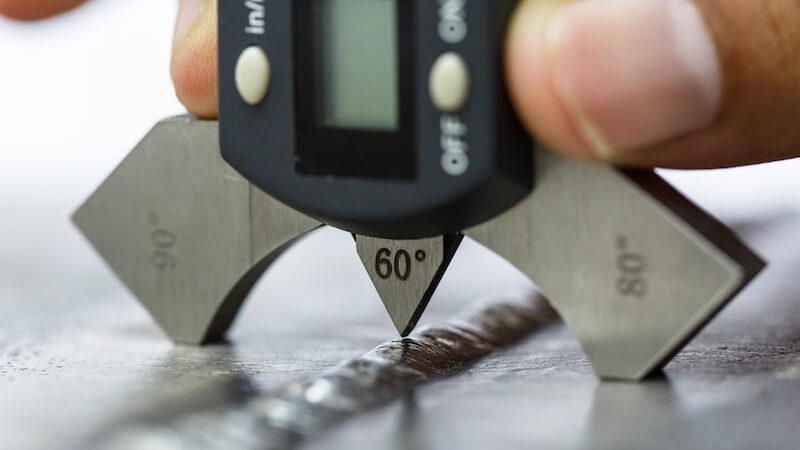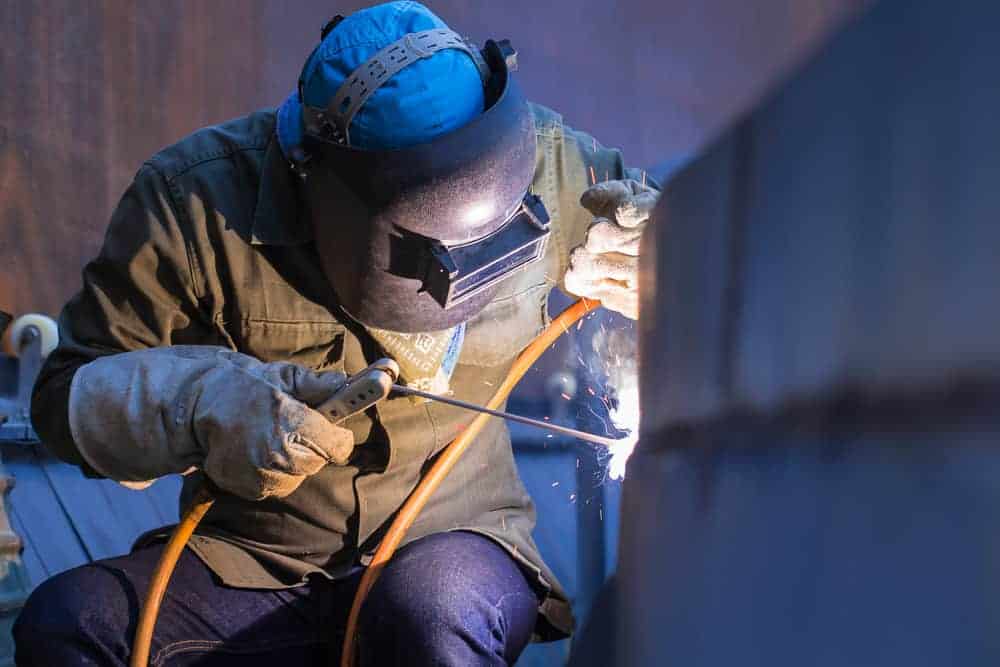Qualified Houston Welding Inspection Professionals for High-Quality Assessments
Qualified Houston Welding Inspection Professionals for High-Quality Assessments
Blog Article
Checking Out the Fundamentals of Welding Examination: A Comprehensive Exam of Procedures, Tools, and the Value of Quality Assurance in Welding Industries
Welding assessment works as a keystone in the upkeep of safety and architectural integrity across numerous markets. By examining the crucial processes and devices utilized in these inspections, one can value the elaborate equilibrium between top quality control and compliance with recognized criteria from companies such as AWS and ANSI. The approaches used, consisting of non-destructive and aesthetic testing strategies, are crucial in identifying blemishes that can jeopardize the sturdiness of welded frameworks. Recognizing the effects of these methods raises important inquiries about their efficiency and the future instructions of quality guarantee in welding.
Significance of Welding Examination
Welding examination plays a vital function in making sure the stability and safety and security of welded frameworks. It serves as an organized strategy to reviewing weld top quality, identifying potential issues, and guaranteeing compliance with established standards and specs. The significance of welding evaluation prolongs beyond plain adherence to laws; it is crucial in securing human lives and safeguarding investments in facilities.
Faulty welds can cause catastrophic failings, causing considerable financial losses, injury, or loss of life. Consequently, strenuous assessment processes are important to detect issues such as poor penetration, porosity, or splits prior to they escalate into crucial failings. Additionally, effective welding evaluation adds to the general performance and longevity of structures, making sure that they can endure the problems for which they were made.
In addition, the application of welding assessment cultivates a society of high quality and responsibility within the welding industry. By focusing on inspection, organizations demonstrate their commitment to quality, therefore enhancing their track record and competitiveness in the market. Inevitably, welding examination is not just a step-by-step step but a fundamental part of engineering integrity and security assurance, essential for the successful implementation of welding projects throughout various industries.
Trick Inspection Processes
An extensive strategy to welding evaluation involves numerous essential processes that are crucial for making sure weld top quality and structural integrity. The first vital process is visual examination, which permits examiners to recognize surface area flaws such as fractures, porosity, and improper grain appearance. This technique offers as a preliminary analysis to make sure that the weld satisfies defined standards.

Furthermore, damaging screening may be executed on example welds to examine their mechanical properties and efficiency under stress. This procedure involves influence, tensile, and fatigue screening to validate that the weld can withstand functional conditions.
Finally, documents and reporting are important components of the examination process. Keeping precise records of examinations, observations, and test results assists make sure compliance with market criteria and facilitates regular enhancement in welding practices. Jointly, these crucial procedures create the backbone of effective welding inspection and quality assurance.
Devices for Weld Assessment
Numerous tools are crucial for reliable weld examination, each created to assess different elements of weld quality and efficiency. Among the most commonly made use of are visual assessment devices, including magnifying glasses and borescopes, which allow inspectors to determine surface area issues such as fractures, porosity, and inappropriate fusion.
In addition, ultrasonic screening (UT) tools is critical for spotting interior defects. This device employs high-frequency sound waves to disclose discontinuities within the weld, ensuring the stability of the product. Radiographic screening (RT) devices, which use X-rays or gamma rays, in a similar way supply understanding into the internal structure of welds, enabling the identification of voids or additions.
For specific measurements, calipers and gauges play a significant function in making sure and figuring out weld measurements adherence to defined resistances. Solidity testers examine the mechanical homes of the weld, ensuring it fulfills efficiency requirements.

Techniques for Assessing Quality
How can the quality of welds be dependably evaluated? A range of methods are employed to review weld integrity and guarantee adherence to defined criteria.
Ultrasonic screening (UT) is one more noticeable method that makes use of high-frequency sound waves to spot inner defects within the weld. Houston Welding Inspection. This method offers a comprehensive sight of the weld's stability without compromising its architectural stability. Additionally, radiographic screening (RT) uses X-rays or gamma rays to reveal interior defects, offering in-depth insights right into weld top quality
Magnetic particle screening (MT) is efficient for discovering surface and near-surface interruptions in ferromagnetic products, utilizing electromagnetic fields and colored particles to highlight flaws. Dye penetrant testing (PT) can be employed to uncover surface-breaking problems by using a dye that seeps right into fractures and is subsequently disclosed.
Conformity With Sector Criteria
Compliance with sector requirements is essential for making sure the top quality and safety of welded frameworks. These requirements, established by companies such as the American Welding Society (AWS) and the American National Specification Institute (ANSI), provide guidelines that regulate the welding process, materials, and examination procedures. Complying with these standards not just guarantees the structural stability of welds yet also alleviates risks connected with failings that could result in tragic consequences.

Welding examiners are entrusted with verifying my company compliance with these requirements throughout the welding procedure (Houston Welding Inspection). This entails assessing welding procedures, monitoring welder qualifications, site and conducting complete examinations of the end product. Non-compliance can result in considerable monetary consequences, task delays, and damage to a business's online reputation
In addition, compliance fosters a culture of quality control within the organization. By establishing clear expectations and criteria, firms can keep consistency in their output and enhance overall productivity. Regular training and updates on standards are necessary to keep personnel informed and experienced, guaranteeing that all aspects of welding operations fulfill or exceed governing needs. Inevitably, dedication to market requirements serves as a foundation for quality in the welding sector, advertising security and reliability in welded frameworks.

Final Thought
In final thought, welding examination offers as an important part in preserving the safety and security and stability of bonded structures. Adherence to market standards makes sure compliance and advertises a society of top quality within the welding sector.
In addition, the execution of welding inspection cultivates a culture of top quality and responsibility within the welding sector. Eventually, welding assessment is not simply a procedural action yet a basic component of engineering honesty and security assurance, crucial for the effective execution of welding jobs throughout different sectors.
A detailed approach to welding examination involves a number of key processes that are vital for guaranteeing weld quality and structural stability. These criteria, developed by organizations such as the American Welding Culture (AWS) and the American National Standards Institute (ANSI), provide guidelines that govern the welding procedure, products, and inspection protocols.Welding examiners are charged with validating compliance with these criteria throughout the welding procedure.
Report this page